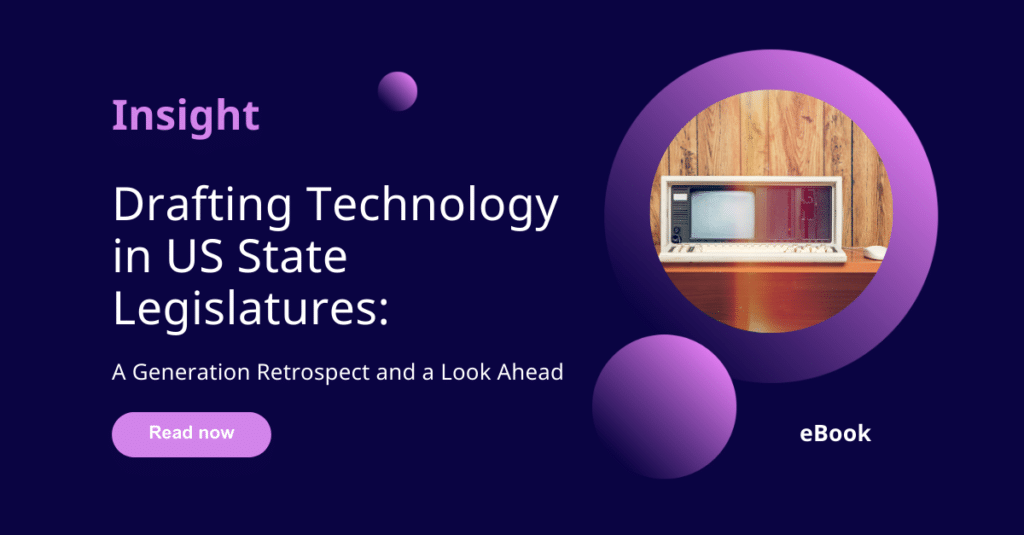As technology advances, modernizing legislative processes becomes crucial. Legislatures are actively seeking innovative approaches to boost the efficiency and accuracy of the legislative process, including the use of structured authoring. Adopting structured tools ensures consistency, interoperability, and flexibility, leading to increased efficiency, productivity, and quality.
As a result, Legislatures are pursuing sophisticated content management solutions that are built to handle the high volume of information inherent in today’s legislative landscape effectively. Many are gravitating towards XML editors due to their ability to create structured documents. However, evaluating all available tools and methods is essential to ensure the chosen solution aligns with a Legislature’s objectives and the needs of its staff. Here we outline some of the factors that might influence your decision.
Learning curve
With drafting attorneys already accustomed to and comfortable with working in Microsoft Word, it is important to note that a significant learning curve may be required when considering an XML editor as the best solution for achieving the necessary document structure. Substantial training may be needed, as even basic tasks like creating tables, paragraphs, and numbering may present challenges due to the rigid structure of XML editors. Addressing these hurdles may require additional support.
The right tools for the right job
Legislation demands rigorous processes, comprehensive audit trails, and full transparency over work in progress. The evolution of bills and legislation has specific requirements that may not be adequately addressed by standard authoring tools. For example, the amendatory cycle prevalent in many States involves the simultaneous management of multiple related documents authored by various users, all potentially impacting the same content. As a result, maintaining a robust audit trail becomes imperative for tracking the author and date of creation. However, most XML authoring tools lack the capability to offer such meticulous audit and control features.
Structured Tools for Structured Content
Statutes inherently possess structured formats that adhere to specific organizational hierarchies and support extensive cross-referencing. In situations where modifications to a single statute can trigger consequential impacts on other related content, the risk of overlooking details arises, leading to inconsistencies across content. Legislatures need a solution capable of automatically tracking and managing links between documents to prevent this from happening.
Efficiency/cost
The learning curve associated with this transition results in extended turnaround times, exemplified by the introduction of additional steps or hours required for transferring content from Microsoft Word to the XML editor. This not only impedes legislative efficiency but can also increase costs.
Ensuring quality
Fortunately, there are methods available to allow drafting attorneys to work within Microsoft Word while also ensuring the necessary strict document structure is maintained. leveraging Microsoft Word’s ability to manage XML in the background. Although XML editors provide various advantages for authoring structured content, the intricacies of drafting bills and legislation require a tool that comprehends and addresses the specific complexities associated with managing such content.
Propylon’s LWB 360 platform has been meticulously crafted to fulfil these needs. Discover how it can enhance your Legislature’s way of working today.


